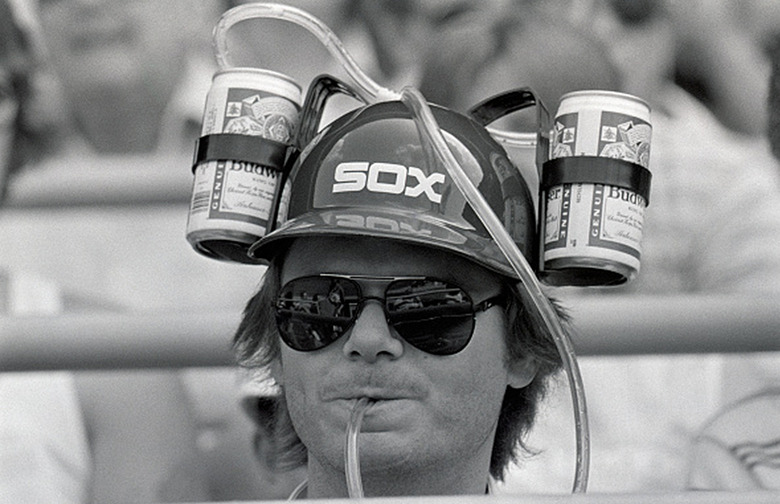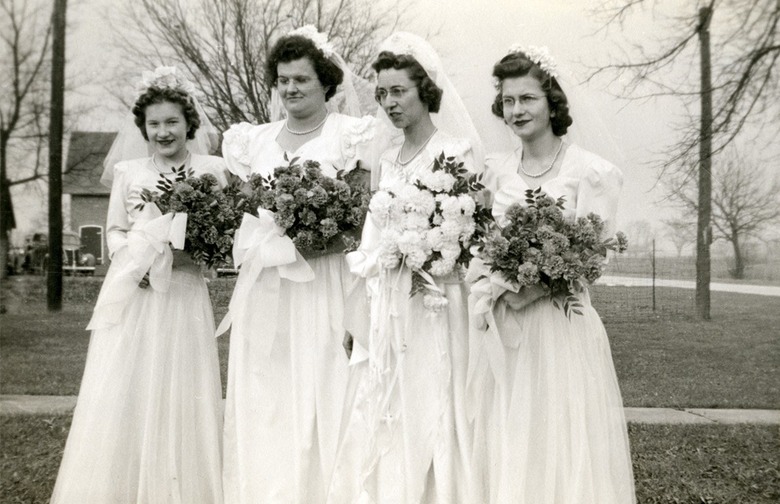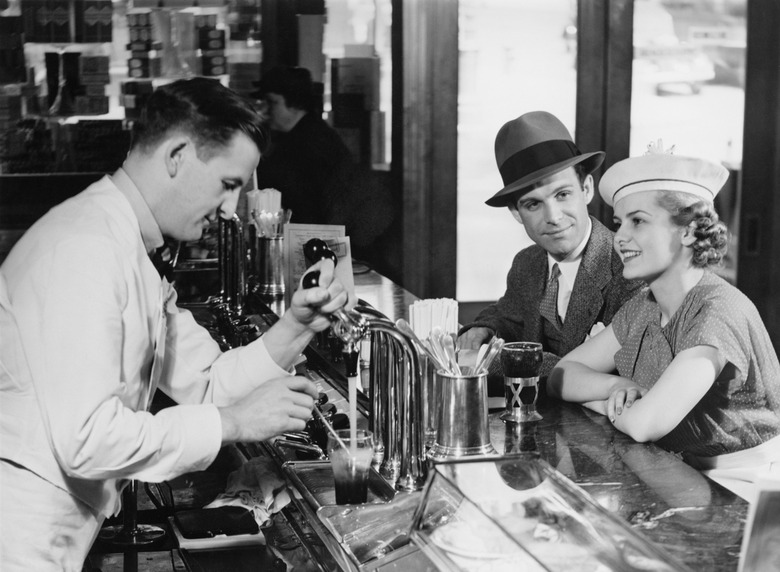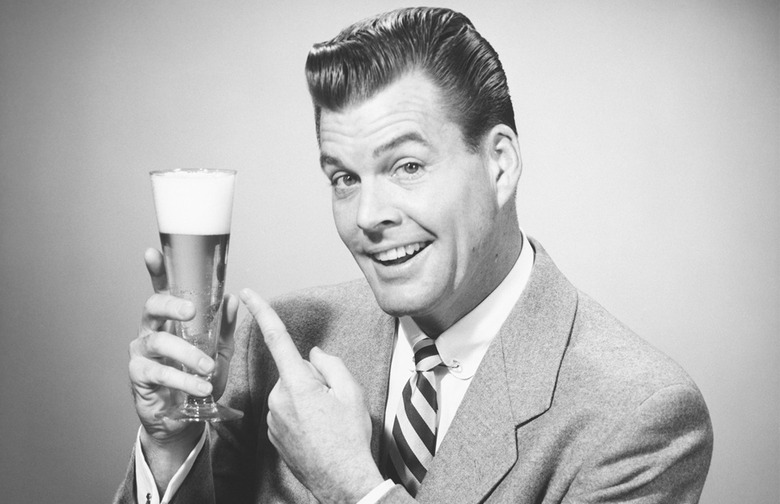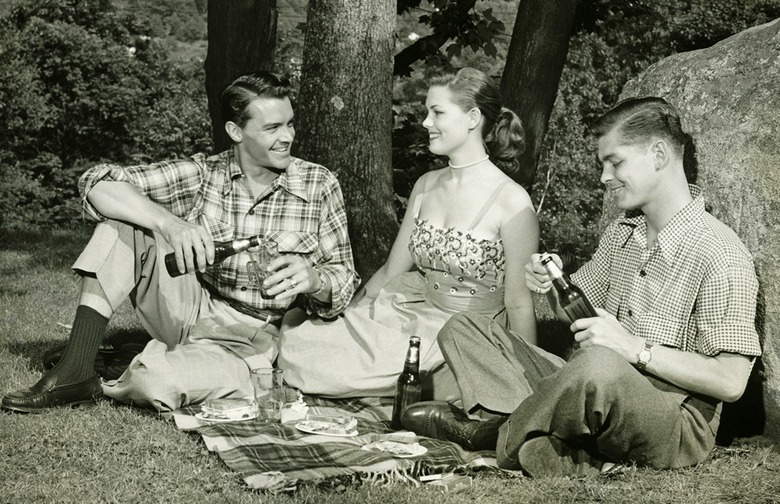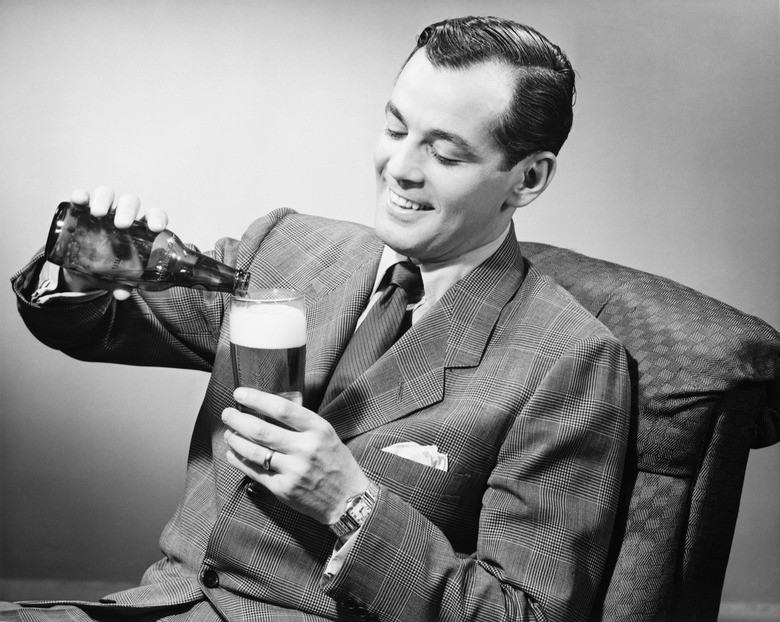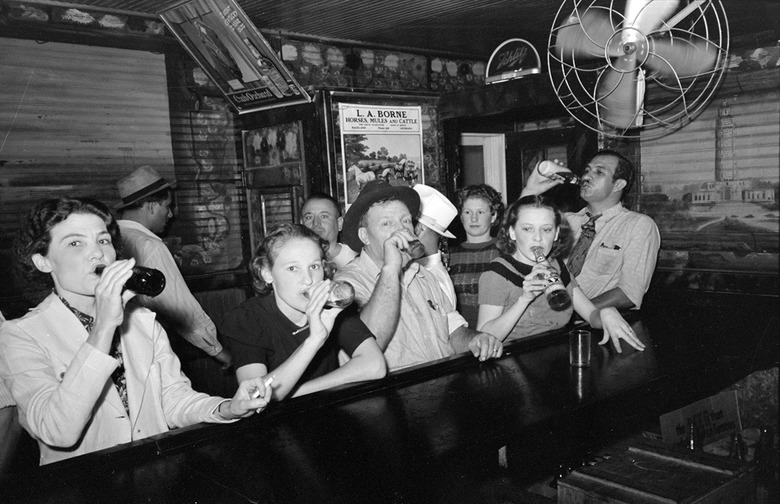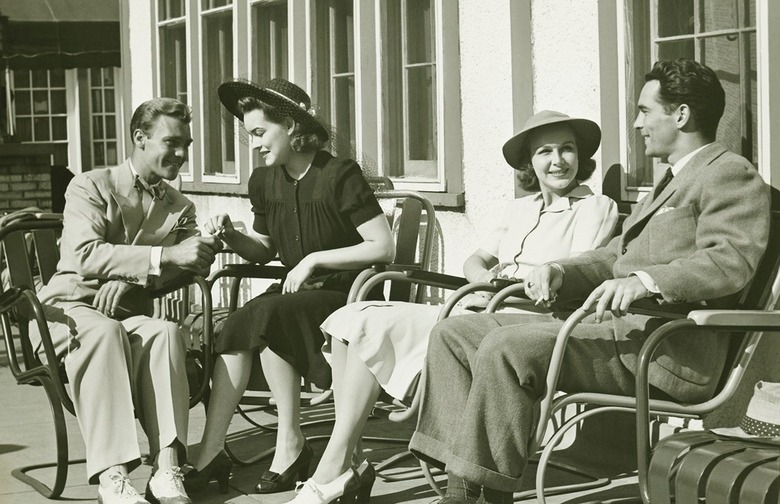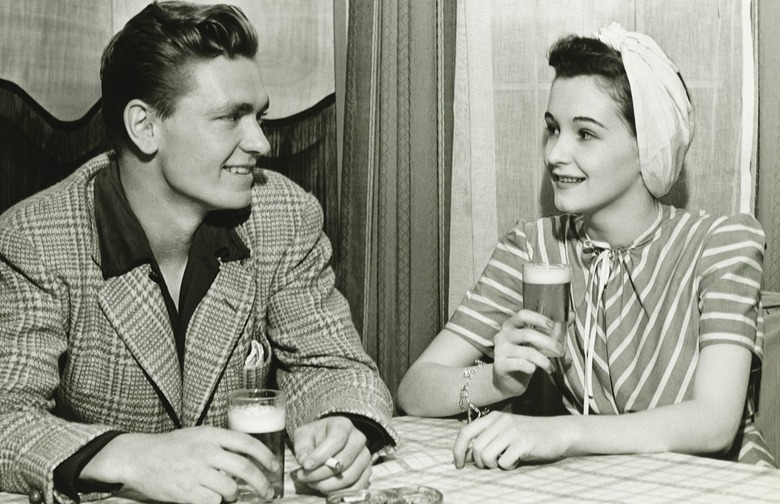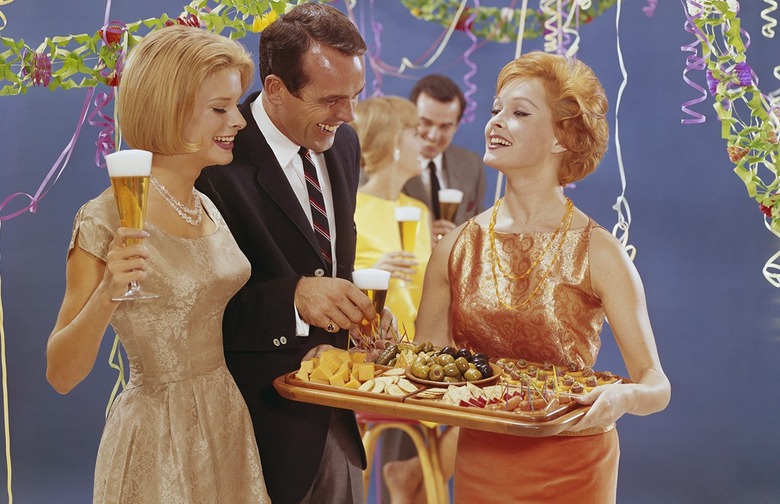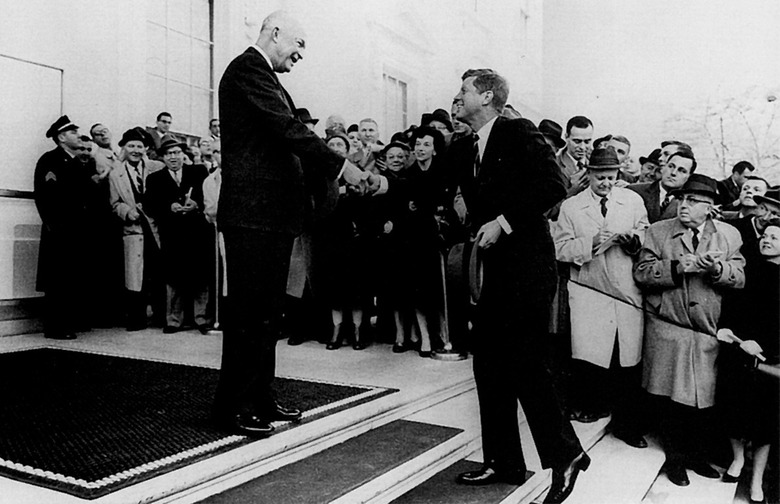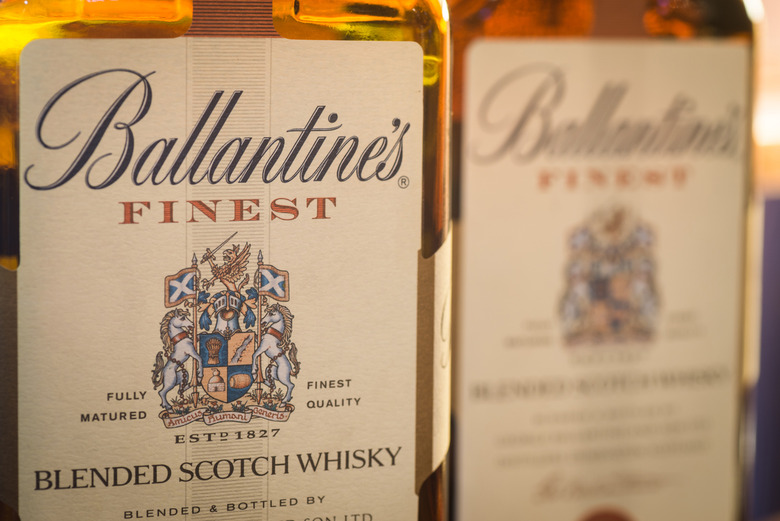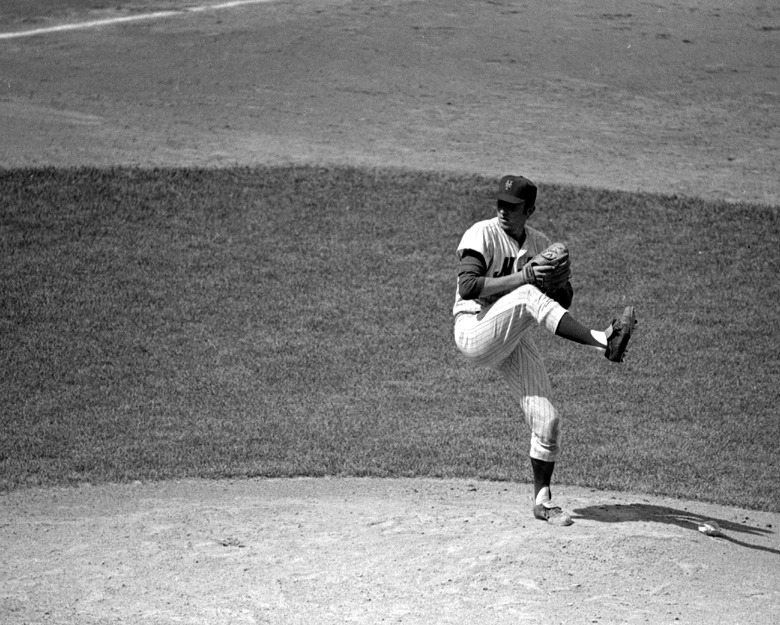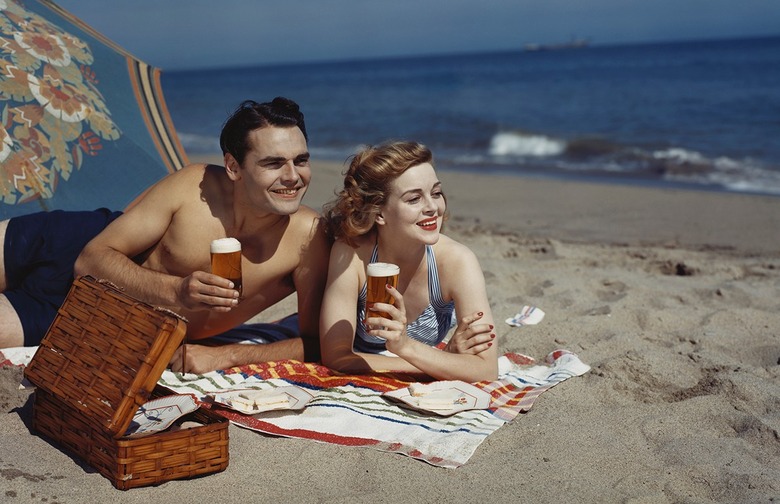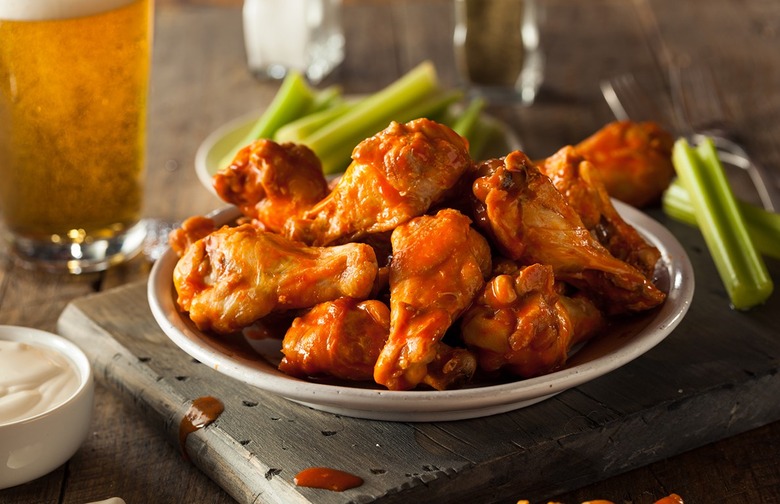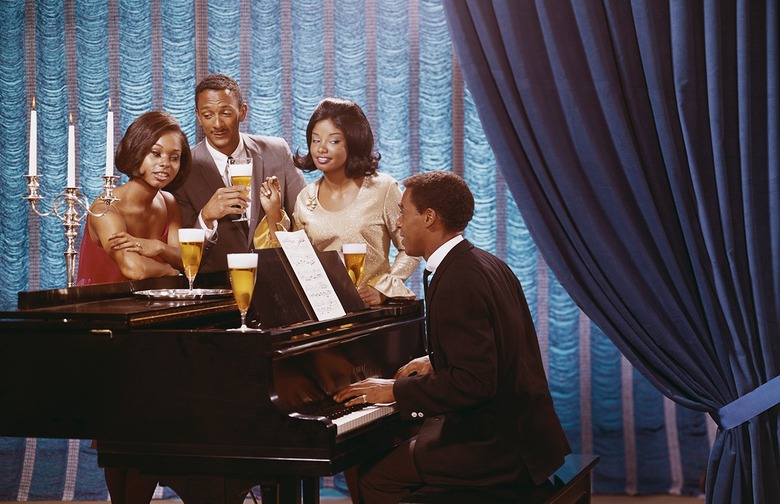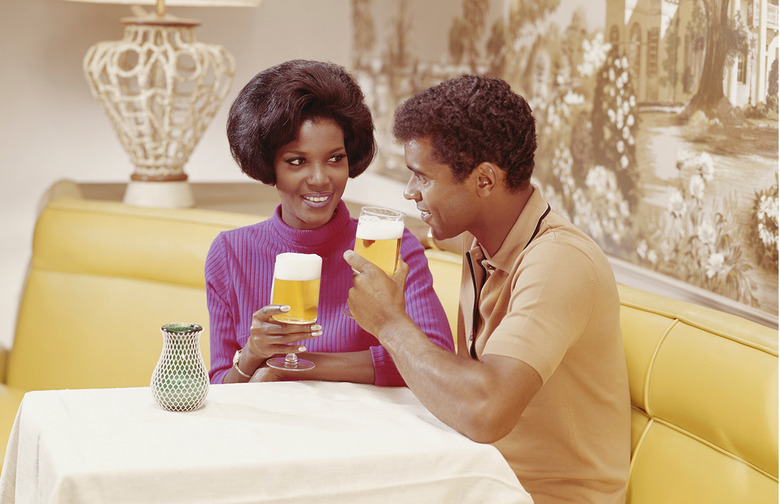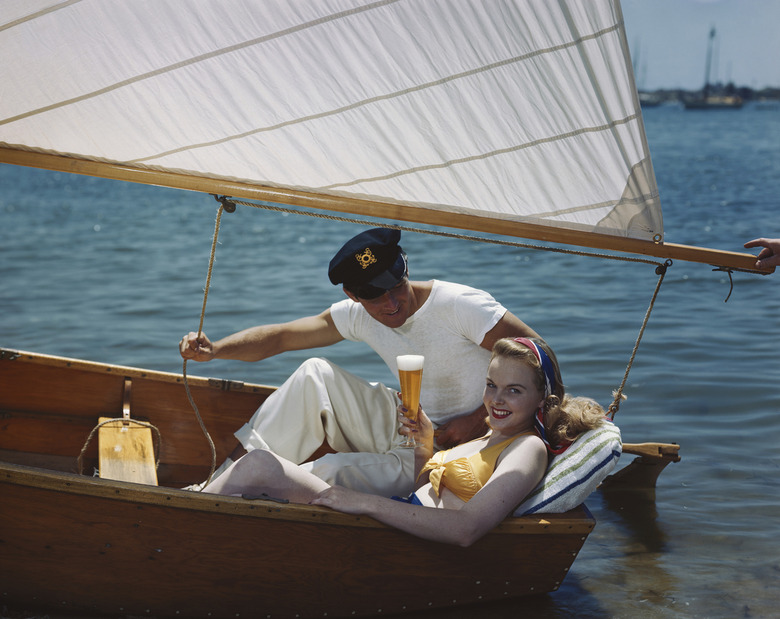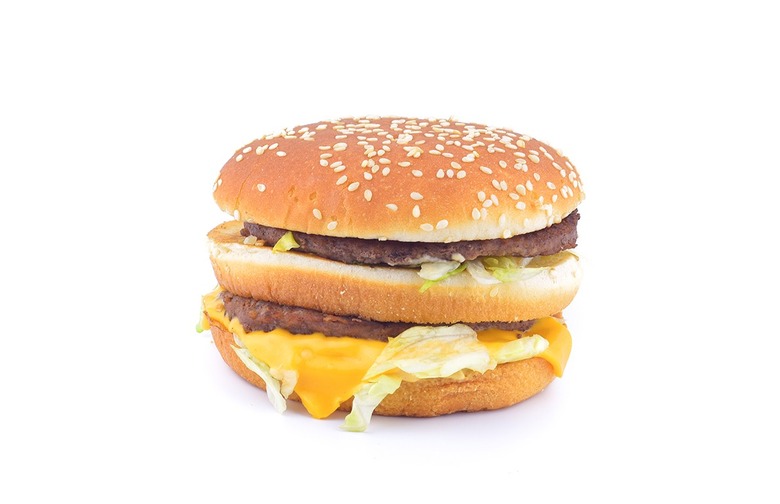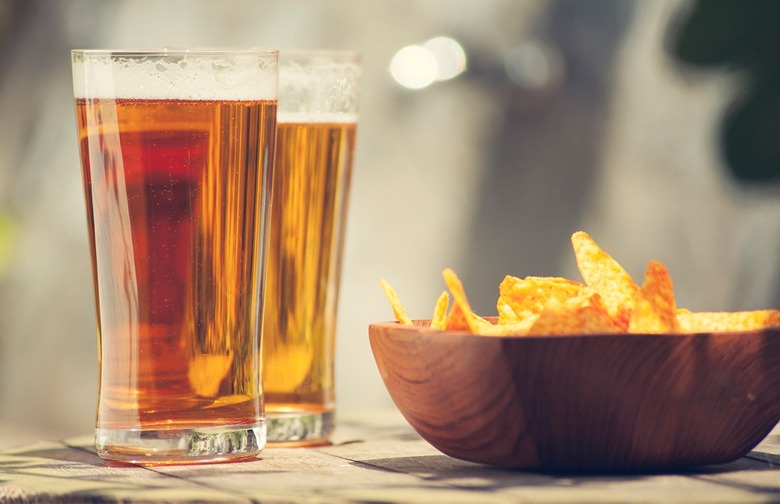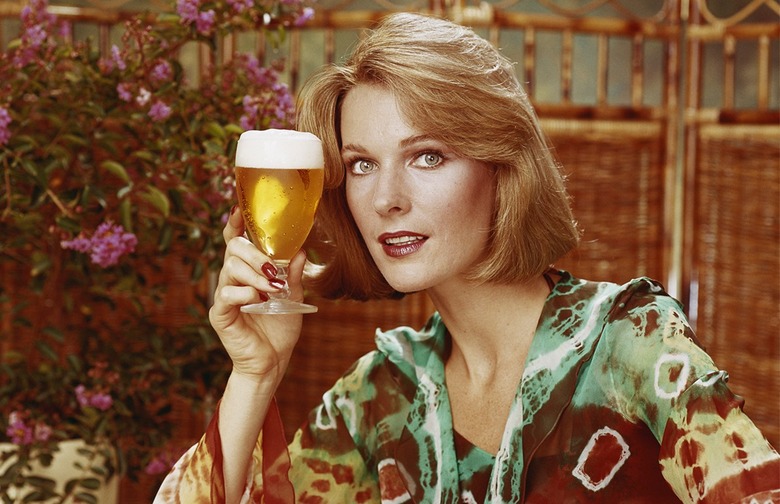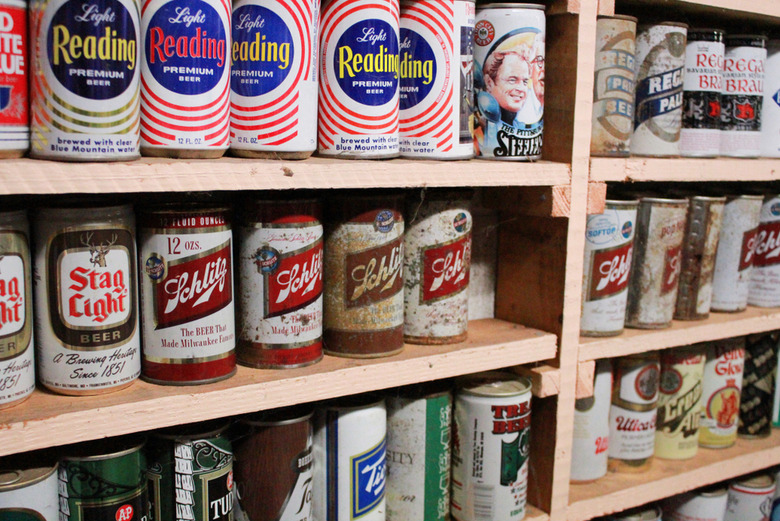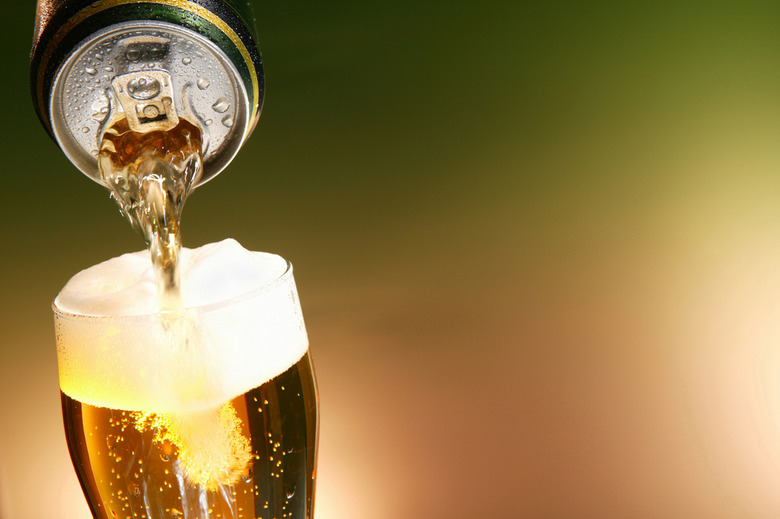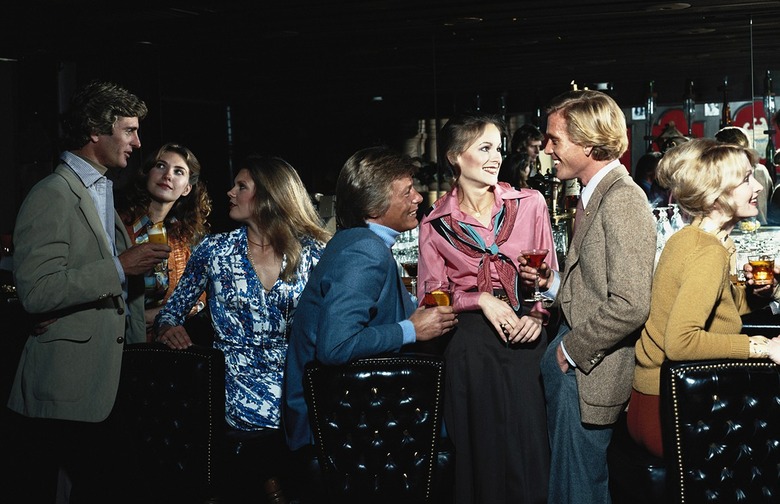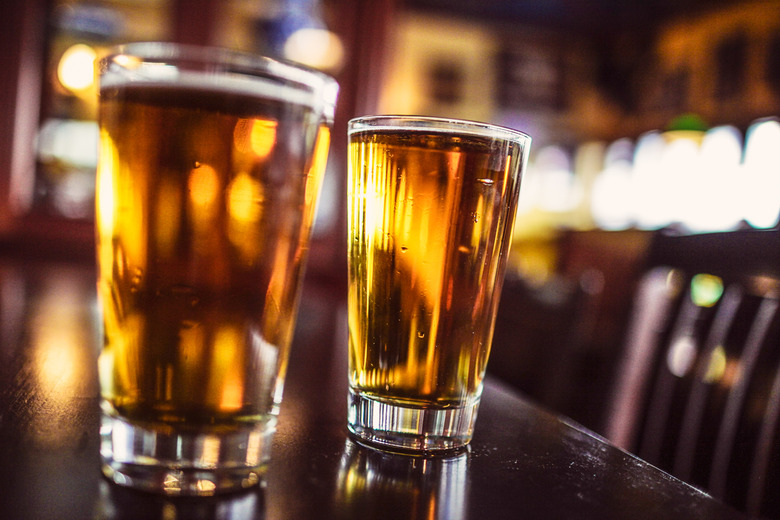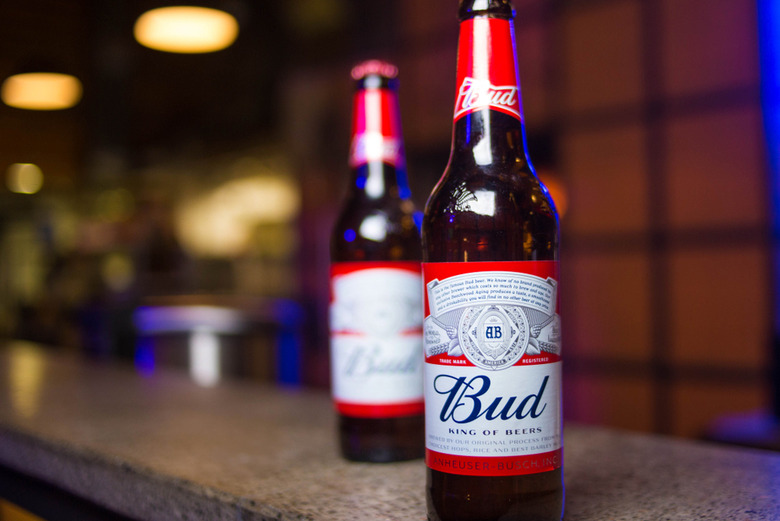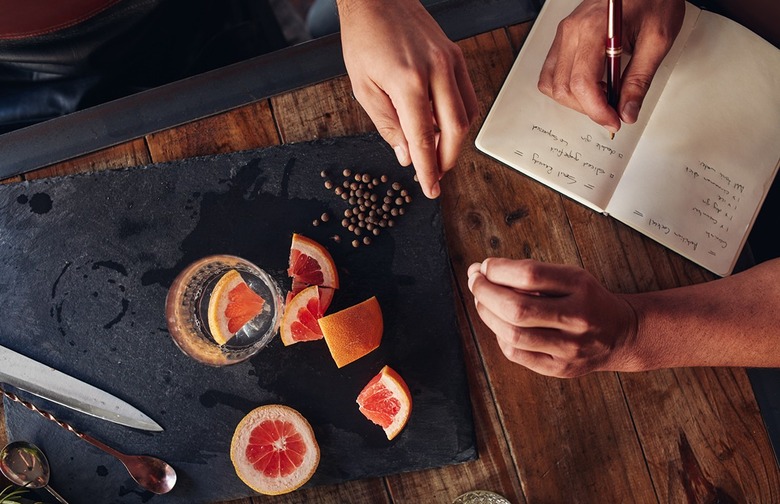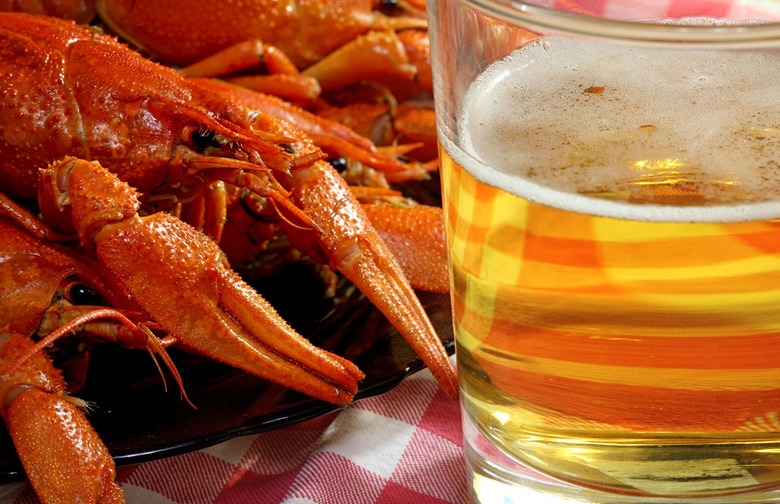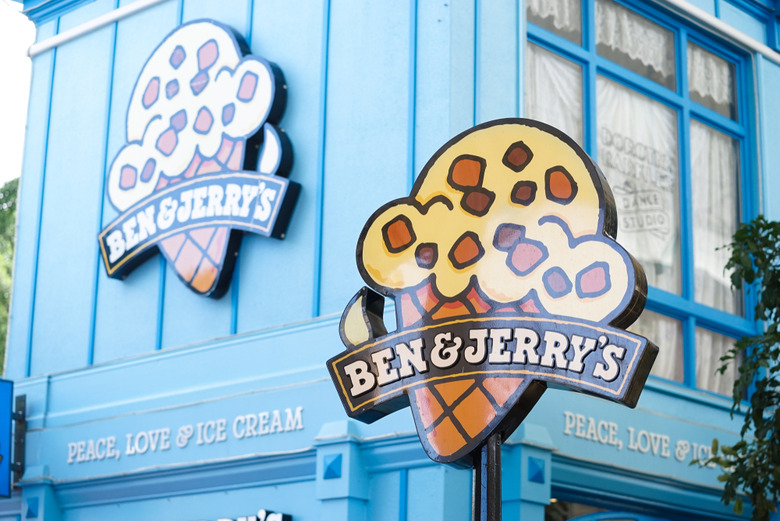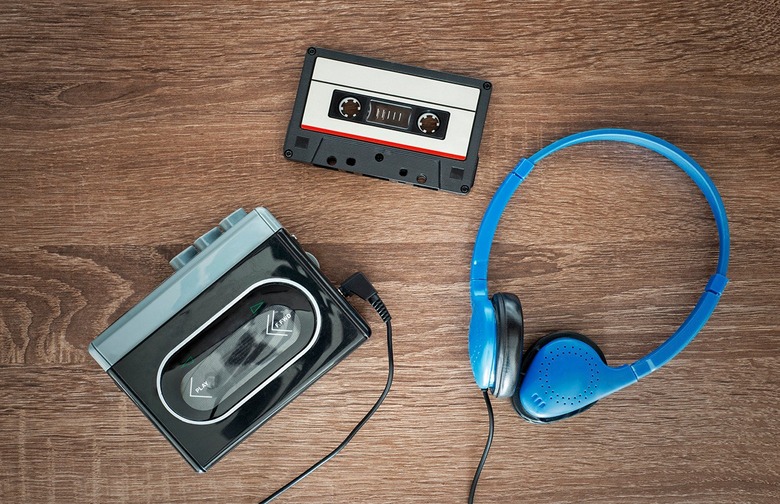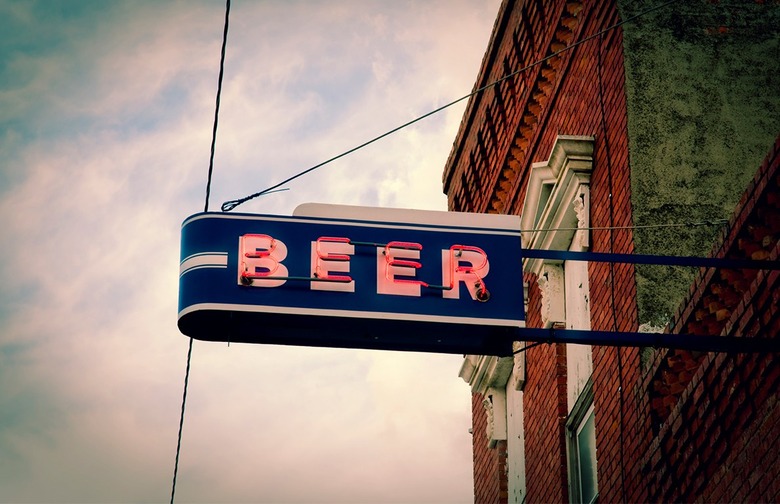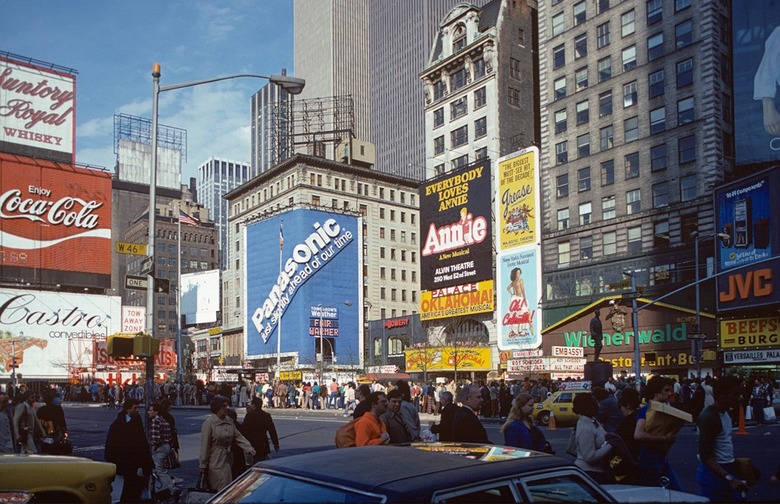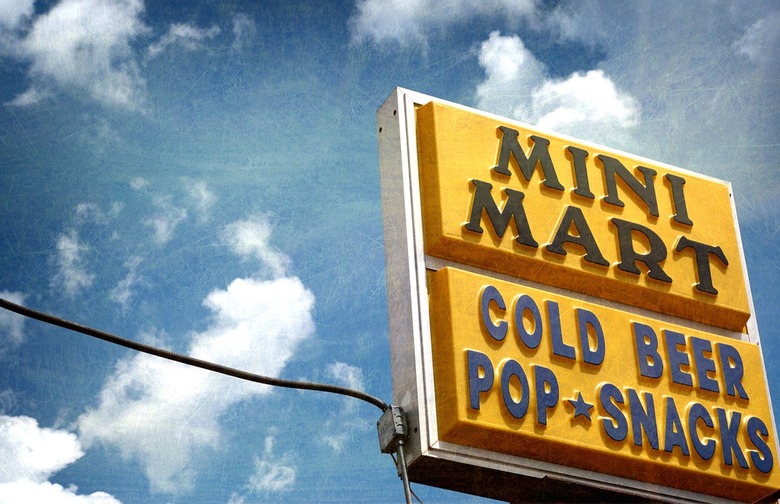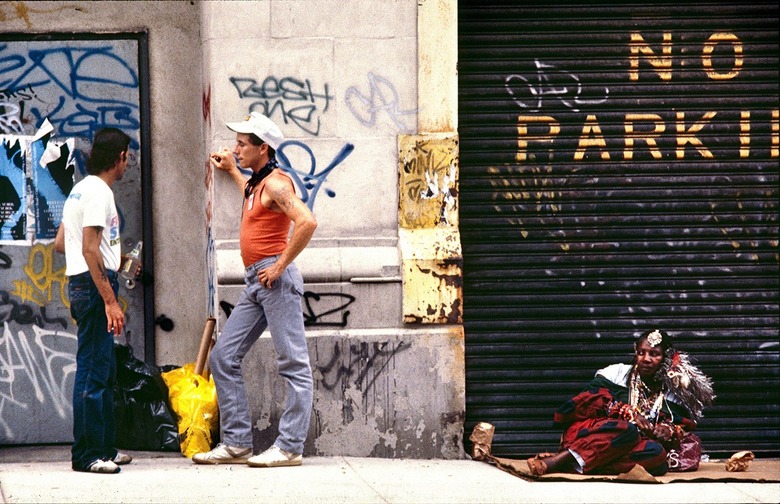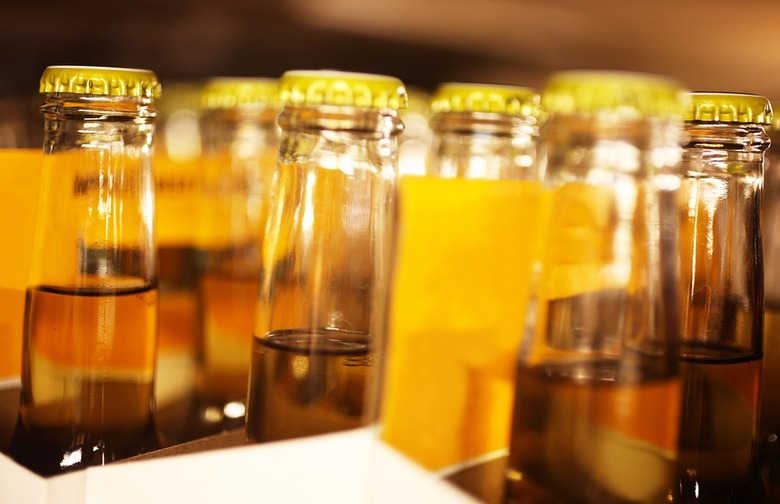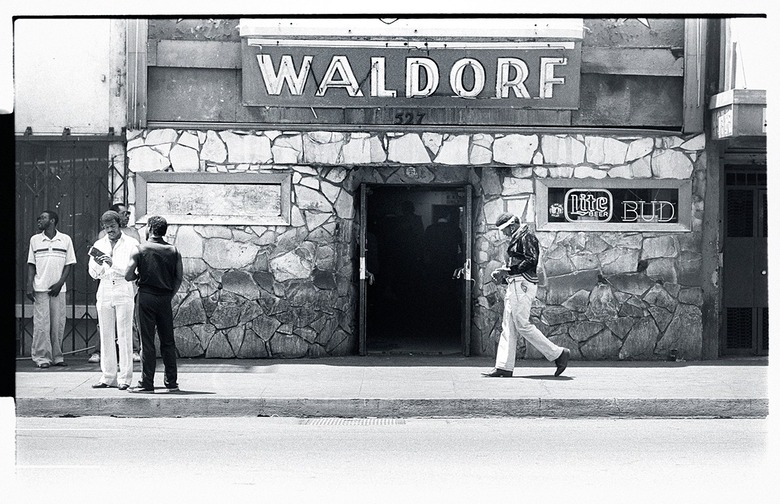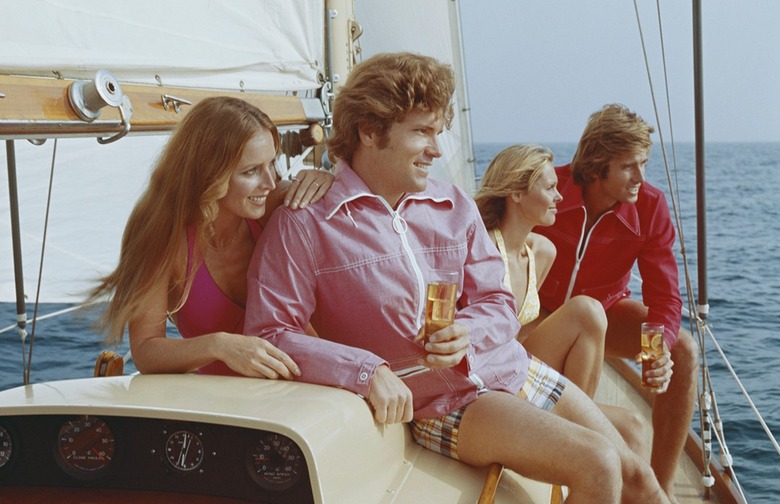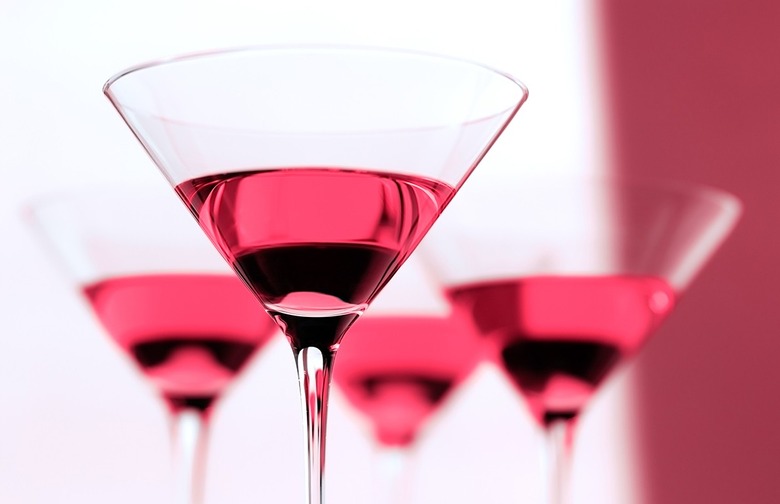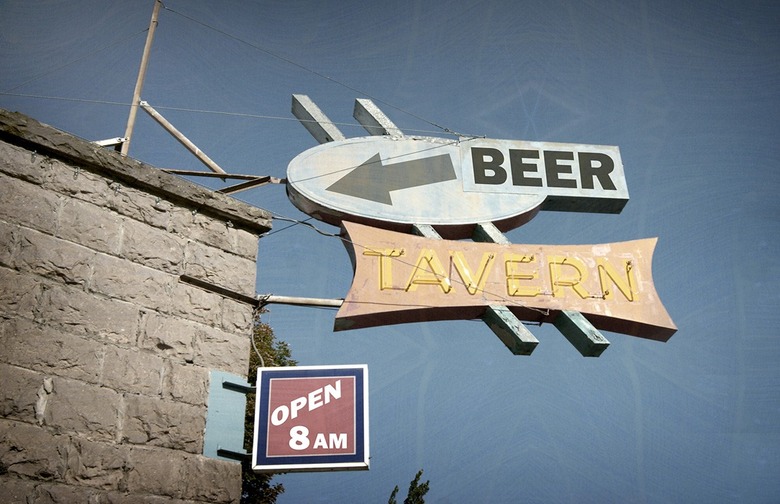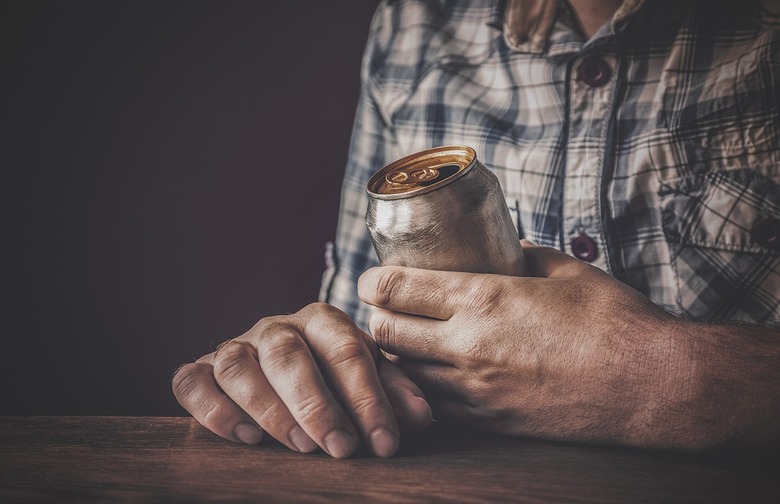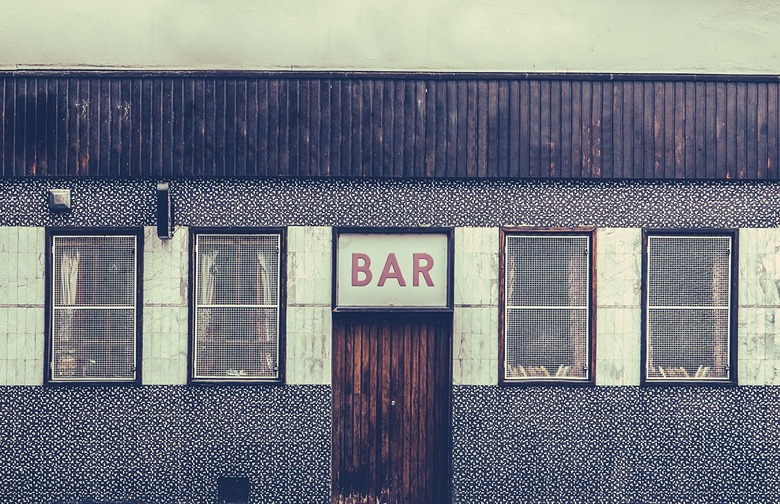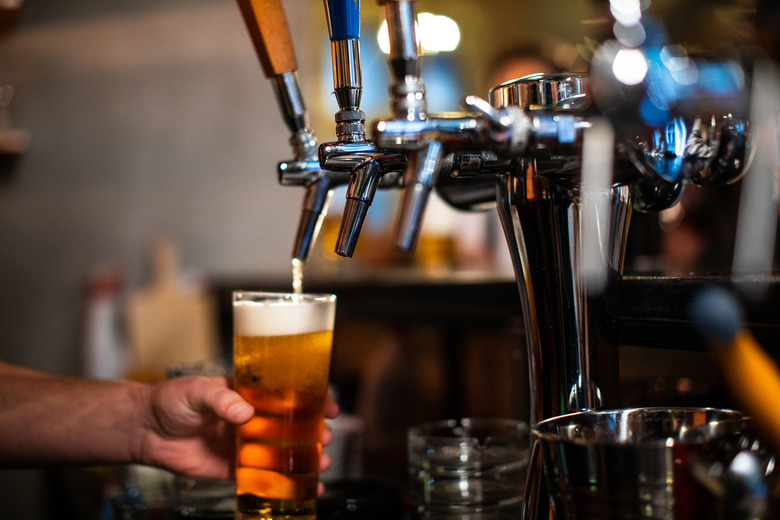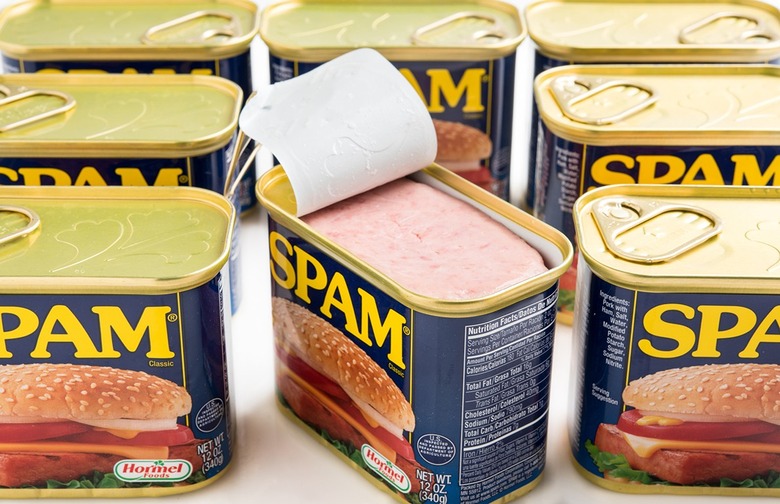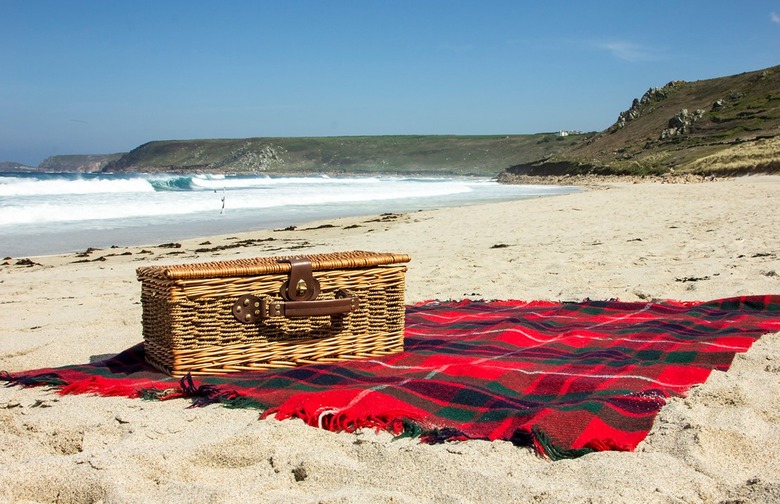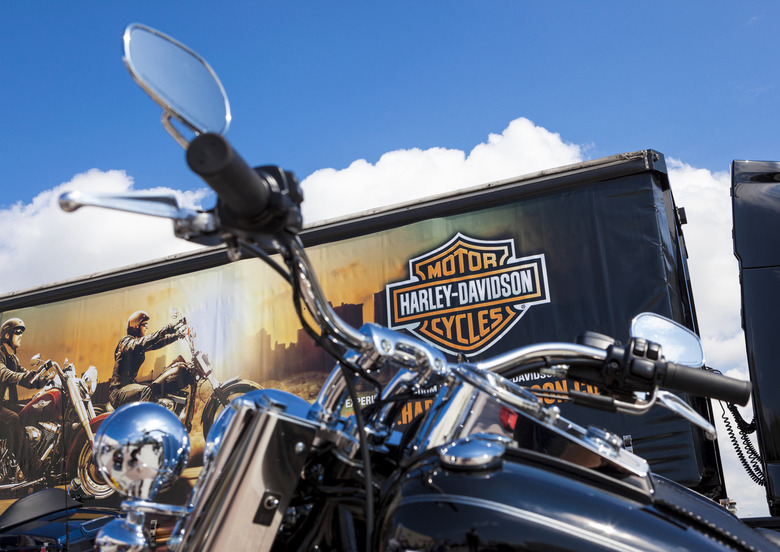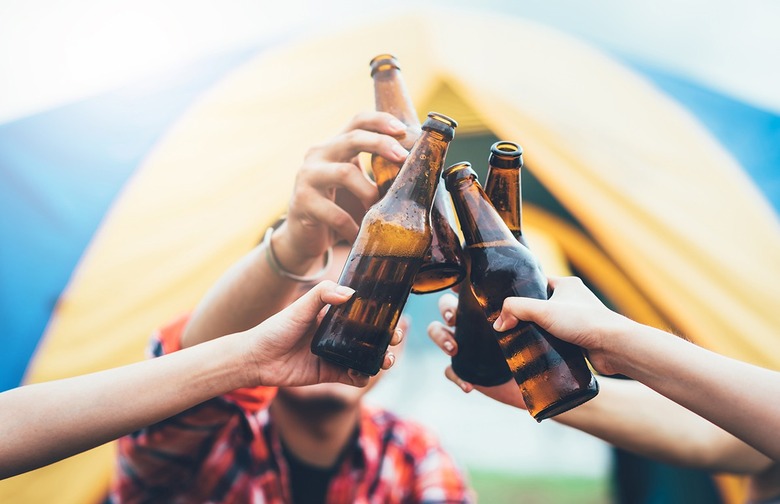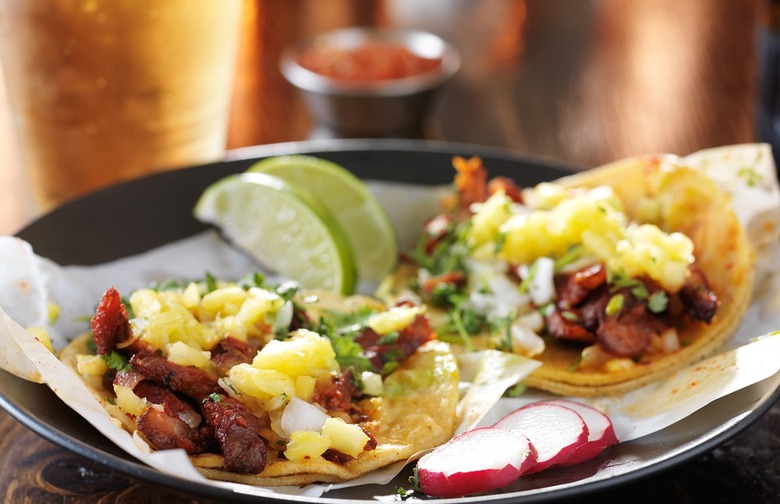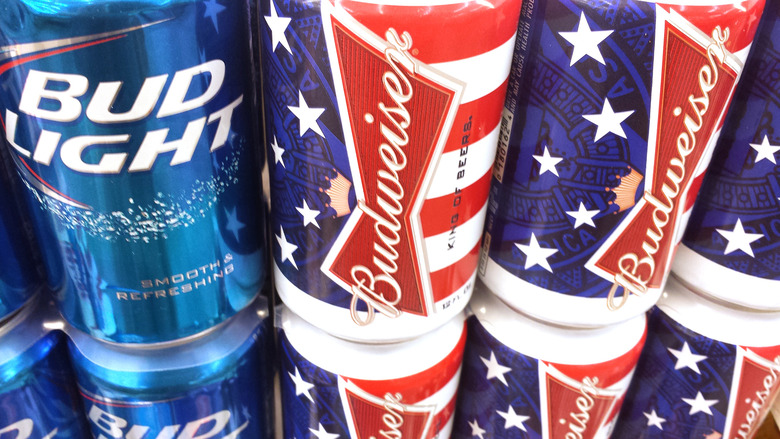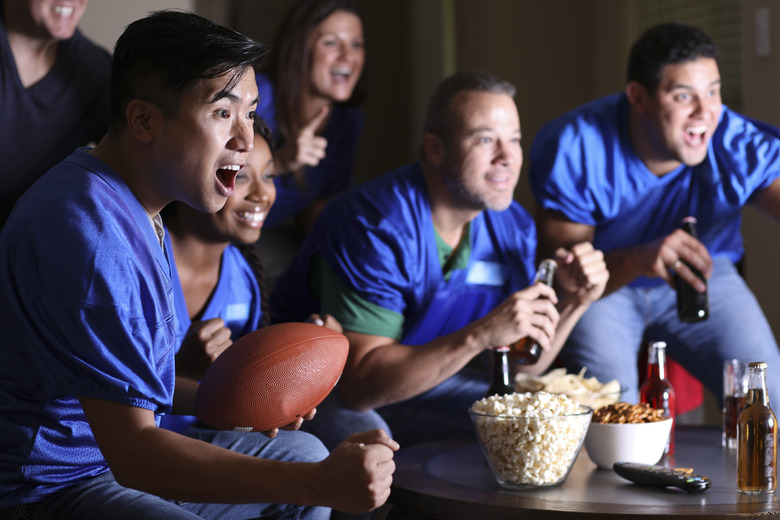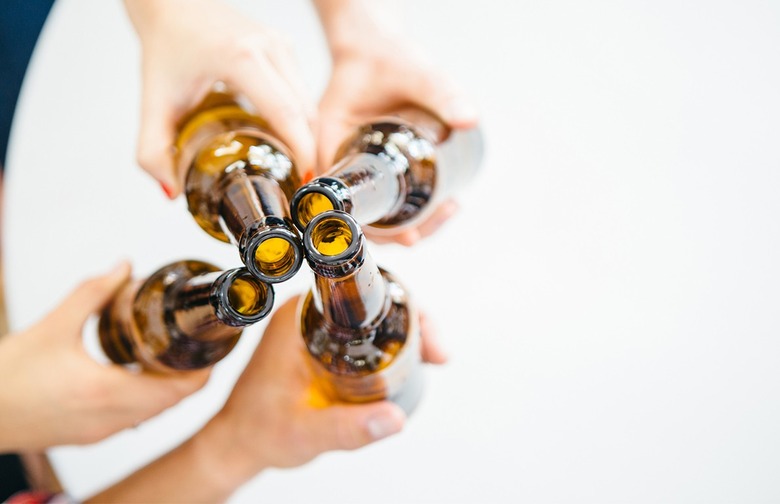How Much A Six-Pack Of Beer Cost The Year You Were Born Gallery
Draft, brewski, a cold one: Whatever you want to call it, beer is as American as apple pie. Sure, the ancient Egyptians were brewing thousands of years ago, and Europeans have perfected the art of drinking in a pub. But when the Pilgrims came over to the future United States, one of the first things they built was a brewery; as the country grew and changed, so did the beer, as well as the price that people paid for it. We tracked down the prices of beer dating all the way back to the 1930s.
With so many changes in society and technology through the years, the price of beer fluctuated a lot over the years. From the 1800s to 1920, the beer business was booming with thousands of small breweries scattered throughout the country. But then Prohibition derailed the industry for over a decade — and by the end of the dry years, the Great Depression was in full swing, making it difficult for more than a few hundred beer manufacturers to stay in business.
Luckily, some companies (like Budweiser) figured out a way to make cheap beer to satiate the masses and started to make the drink available at both the bar and in the home. That's where the six-pack comes in.
In order to assemble our list, we took the average price of a Heineken six-pack in 2016 ($8.79) and used an inflation calculator that uses the Bureau of Labor Statistics' Consumer Price Index's figures for beer, ale, and other malt beverages for home consumption to determine a number for each year after 1953 (though before that time, six-packs were much less common, so we've used other measures).
So, just how much did it cost your parents and grandparents to throw back a cold one with their pals? Why not grab one yourself and click through the gallery to find out the amount a six-pack cost from the 1930s until 2000.
The 1930s: 57 Cents per Quart
Prohibition ended in 1933, leaving only a couple hundred breweries still in business. It took decades for the booze business to recover, so yearly prices during the '30s weren't tracked. But as people started to drink again (publicly), a quart of beer (aka 32 ounces or about 2.5 bottles) typically cost 57 cents.
The 1940s: $3.55 per Keg
While the nation recovered from the Great Depression during the 1940s, booze was still usually consumed in bars rather than at home. If you were a bar owner, though, you'd have paid about $3.55 wholesale for a keg.
1953: $1.57
While beer was certainly consumed long before 1953, the early 1950s is when people really started regularly consuming brews at home. How the six-pack came to be isn't clear. Some say it was the right weight for a housewife to carry home with her, or that the six-pack fit comfortably into the grocery bags of the time. Others claim that brewers were just following a trend started by soda packagers.
1954: $1.62
The Miller Brewing Company released a film this year about its history called "With This Ring." For non-beer drinkers, White Russians were invented in this decade and became very popular.
1955: $1.61
A six-pack would be easy to chug down since it only cost $1.61. But1955 was also the year the first Breathalyzer was patented, so that you could get caught much more easily.
1956: $1.64
Although beer was still around, tiki bars and rum drinks were all the rage in 1956.
1957: $1.67
Floyd Tillman loved beer so much he recorded a song called "Cold Cold Beer" in 1957.
1958: $1.66
While the price of a six-pack dipped one penny from the year before, Hawaii's Primo was the first beer company to use the aluminum can for its packaging.
1959: $1.68
1960: $1.70
John F. Kennedy won the U.S. presidential election while Anheuser-Busch Inc. was the top beer producer, churning out 8,477,099 barrels.
1961: $1.70
Ballantine released their "light lager" using a catchy "Double L" advertising campaign.
1962: $1.71
This year Rheingold, a German-American brand, became the official beer of the New York Mets. Now, beer and baseball are synonymous.
1963: $1.73
The price of a six-pack only went up two cents from the year prior, but Alfred Heineken decided to create a beer bottle that could do good. Yup, in 1963 he designed a bottle that could be used as a brick to build houses in impoverished countries!
1964: $1.74
What's a great snack that goes along with beer? Buffalo wings, of course. They were invented this year at Anchor Bar in Buffalo, New York.
1965: $1.76
Anchor Brewing Company was known for making "steam beer," but they ceased production in 1965 when they faced bankruptcy. They've come back since then, of course.
1966: $1.79
The cost of a six-pack jumped three cents, and Hamm's Beer ran a commercial touting the water they used in their brewing process. It featured the then-famous Hamm's Beer bear playing baseball.
1967: $1.82
Another three cents was added to the cost of a six-pack by 1967, when the first low-calorie or "light" beer was introduced by Gablinger's.
1968: $1.87
A Budweiser advertisement revealed that there were 332 beer brands in the U.S. in 1968, the year the Big Mac was rolled out nationwide.
1969: $1.92
Reading Premium Beer referred to its six-pack as the "The Friendmaker," saying it was "The Friendly Beer for Modern People."
1970: $1.98
Schlitz dominated the beer market in 1970.
1971: $2.05
Schlitz ran a commercial this year with the tagline "When you're out of Schlitz, you're out of beer," while the price of a six-pack jumped 7 cents to $2.05.
1972: $2.07
Old Milwaukee Beer claimed to be the fastest growing beer in the country in 1972..
1973: $2.10
Billie Jean King may have won the "Battle of the Sexes" in tennis, but Miller Lite aimed its marketing efforts at macho men like pro sports players.
1974: $2.30
A 20-cent increase in the price of a six-pack marks the most significant jump in cost yet. Simultaneously, the "Miller Time" slogan became popular in that company's commercials.
1975: $2.55
The average price of a six-pack continued to rise like crazy, costing consumers another 25 cents. Although, some brands were cheaper. One bartender remembered that "a sixer of Bud was $1.39 in the grocery store" in this year.
1976: $2.61
Beer was still around — but in other drinks, the Harvey Wallbanger cocktail enjoyed a craze in this year.
1977: $2.65
Prices stayed pretty close to the year before, while newspaper journalist Michael Jackson wrote "The World Guide to Beer" and was quickly cemented as the country's leading beer authority.
1978: $2.80
Michelob Light was introduced by Anheuser-Busch this year and was meant to mimic a European lager. In foodie news, the first Ben and Jerry's opened in Vermont.
1979: $3.09
The end of the decade marked an important moment in craft beer history. In 1979, President Jimmy Carter deregulated the beer market, making it possible for craft brewers to enter the market and for folks to brew their own beer at home. Corona also debuted in the U.S. in this year.
1980: $3.40
A year after deregulation, the cost of a six-pack averaged 31 cents more than the year before. It also marked the year that Olympia Beer touted the water they used in their beer making process.
1981: $3.65
Rogue Ales brewmaster John Maier made his first batch of beer this year using the book "The New Complete Joy of Homebrewing."
1982: $3.82
This is the fateful year that Bud Light was introduced to the masses.
1983: $4.04
While the price of a six-pack dipped into the four-dollar territory, the cult film Strange Brew hit theaters. The flick was about two brothers who were in search of free beer.
1984: $4.18
NFL coach John Madden appeared in a commercial for Miller Lite, which aired in August of 1984.
1985: $4.29
Just two years after Strange Brew was released, another beer-themed movie hit theaters. This one was called Beer and was a comedy about the advertising industry.
1986: $4.37
Vince Cottone published his "Good Beer Guide: Brewers and Pubs of the Pacific Northwest," making the term "craft brewery" more mainstream. Oh, and the town of Terlingua, Texas, elected Clay Henry, a beer-drinking goat, mayor.
1987: $4.45
Luce & Son Inc., a Nevada-based distributor of Heineken, was sued by Corona beer makers after they started a rumor that Corona contained urine.
1988: $4.59
Brewpubs might be popular today, but in 1988 it was a big deal for brewmaster Greg Noonan to open the Vermont Pub and Brewery in Burlington, Vermont. He spent three years lobbying the state government to legalize brewpubs.
1989: $4.75
In the U.S. the price of a six-pack steadily increased to $4.75, while over in Iceland, a beer ban was finally lifted after 57 years.
1990: $4.96
As the country hit a new decade and the cost of a six-pack almost hit the $5 mark, Budweiser attempted to launch a new beer called Bud Dry. It failed.
1991: $5.56
Most of the big-name beer companies really upped their advertising game in the '90s, with Coors Light going the sexy route. Their 1991 commercial featured young, fit men and women having fun in a beach town. Miller Genuine Draft Beer also had a bikini-clad ad.
1992: $5.77
Scientists first reported they found the oldest trace of beer in a 5,000-year-old jug at Godin Tepe in Iran.
1993: $5.75
The cost of a six-pack actually took a two-cent dip from the year before, and "ice beers" were first introduced on the mass market with Canadian Ice, Molson Ice, and Labatt Ice.
1994: $5.76
A special Harley-Davidson Daytona Bike Week beer can was released in a six pack this year.
1995: $5.78
Red Dog beer was launched, featuring the image of a canine on the can after Anheuser-Busch got rid of their Bud Light mascot Spuds MacKenzie.
1996: $5.92
Sierra Nevada produced its first batch of "wet hop" beer.
1997: $5.95
In 1997 Budweiser added a "born on" date so consumers could see how recently their beer was made.
1998: $5.96
California banned all smoking inside bars in 1998, and many other states jumped on board soon after.
1999: $6.10
Budweiser launched its famous "Whassup" commercial during Monday Night Football on December 20. It became a cultural phenomenon and ultimately was inducted into the Clio Awards Hall of Fame, an organization that recognizes creative excellence in advertising.
2000: $6.30
Budweiser had so much success with their "Whassup" commerical, they not only decided to build on it by debuting the hilarious "Whassup Wasabi" commercial but also saw sales skyrocket. In one year, they increased sales by 2.4 million barrels, to 99.2 million barrels.
While some people say having a beer in the morning is the "breakfast of champions," most prefer trusty staples like eggs, bacon, home fries, toast, and coffee. Find out how much that actual breakfast would have cost the year you were born.
More From The Daily Meal:
How Much a Dozen Eggs Cost the Year You Were Born
The Best Discontinued Snack Foods From the Decade You Were Born
